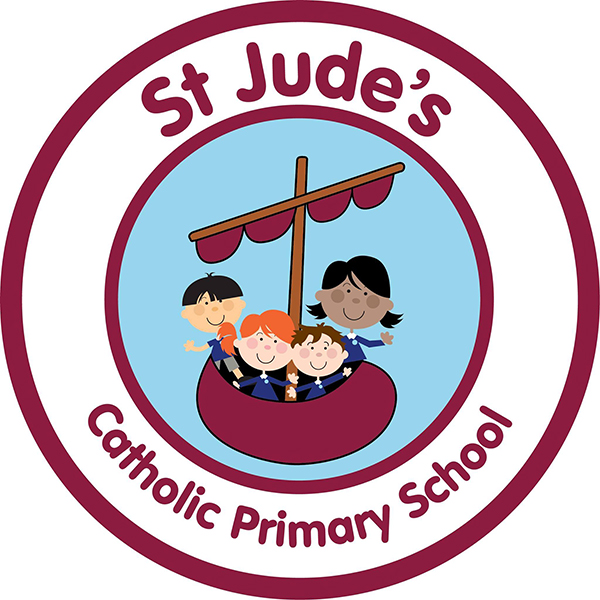
Year 3 – Spanish
In Spanish, we have been practising greeting each other and asking and answering the question, ‘¿cómo estás?
58Here at St Jude’s, our intent is that Spanish is accessible for everyone regardless of ability. We hope to equip our young learners with a firm grounding and love for the language which will set the foundations and the necessary skills to progress beyond our school. It is our intent that our curriculum is inspiring and challenging in all the four modalities, speaking, reading, writing, and listening. It will also include the 3 pillars, vocabulary, grammar, and phonics. As well as our priority being the progression of knowledge through the years in KS2, the introduction of Spanish in KS1 (using songs and videos) will create an awareness of the language before making the transition into KS2.
God is at the heart of everything we do and is at the centre of every pursuit of knowledge. Spanish is one of the many languages of God’s people and therefore we aim to build a cultural awareness amongst our young learners which will create a respect and openness to learn not only about the Spanish culture but to embrace other cultures around the world.
Spanish is delivered and adapted in accordance with the requirements of the Primary Languages Curriculum. 13 units have been chosen which are taught appropriately within each year group. Pupils at KS2 are taught using the 4 skills of listening, speaking, reading, and writing. Each child is taught to:
The children’s work is documented in a Spanish book which stays with them throughout the whole of KS2.After each unit, the children are assessed and are graded in accordance with age related expectations.
Our MFL curriculum develops a sound knowledge of basic grammar, vocabulary, and phonics which all act as building blocks to a more secure understanding of the language at KS3. The units are designed to provide the children with the necessary skills to make a successful transition into High School. We hope that the learning of Spanish at St Jude’s will inspire our young learners to investigate other languages and cultures in the wider world.
1. Celebrate Spanish holidays
Celebrating important Spanish holidays, will teach your child about Spanish history. Celebrate by making some fun crafts or taking part in holiday traditions.
2. Cook a Spanish meal
Familiarize your child with Spanish cuisine by having him or her help you whip up a traditional Spanish meal.
3. Listen to Spanish music
Do you have a Pandora or Spotify account? Download some Spanish songs to listen to while at home or on the road. Listening to Spanish music will help familiarize your child with Spanish accents and pronunciations.
4. Puzzles
You can download and print dozens of free Spanish crosswords and word searches for your child. He or she will have fun playing, while simultaneously learning Spanish vocabulary and simple sentences. Keep a stack in the car for long road trips.
5. Memory game
Create some Spanish flashcards and place them face down on a table. Your child will flip over two cards. If the pictures match, your child will flip over two more cards. The point of the game is to match all of the cards from memory.
6. Colouring books
Purchase a Spanish colouring book for. These colouring books will spark your child’s creativity, while helping him or her learn various vocabulary words and themes.
7. Hangman
This Spanish activity is played exactly like the original Hangman version, except you are using Spanish vocabulary words and phrases instead of English.
Websites to support your child with Spanish at home, click on each website to explore.
These websites are fun, free to use and include interactive games.
There are 3 levels of difficulty from beginner to intermediate or advanced. Colouring pages can also be printed off which relate to each of the lessons. Topics range from farm animals, the seasons, emotions, schools supplies and more.
On Digital Dialects, students can practise greetings, verb conjugations, units of time, and more with fun and interactive games.
YouTube has lots of songs and videos to help with the learning of Spanish vocabulary.
Click on the links below to see Knowledge organisers for each unit